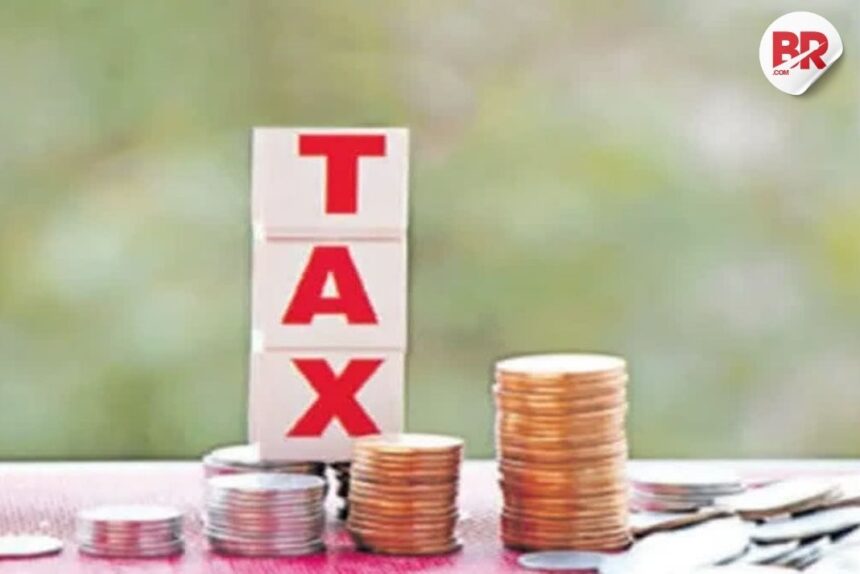
India’s gross direct tax collections grew by less than 5% to ₹5.45 lakh crore till June 19 in the current financial year. However, the net collections (after refunds) were down by 1.4%, standing at around ₹4.6 lakh crore.
This drop happened mainly because the tax department issued a large amount of refunds, which went up by 58% to ₹58,385 crore. The government is actively speeding up refunds, following Finance Minister Nirmala Sitharaman’s instructions to not delay payments.

The advance tax collections, which reflect how well companies are expected to perform, rose by just 3.9%. This slower growth is raising concerns about lower corporate profits in the April-June quarter.
Read more: India’s Economy Is Booming—But Why Are People Still Earning Less?
Why Are Collections Lower?
- Personal Tax Cuts: New income tax rules from April 1, 2025, reduced taxes for salaried people, which has resulted in lower TDS (tax deducted at source) collections.
- Corporate Investments: Companies are investing more in infrastructure and expansion. This increases their expenses and allows them to claim more depreciation, reducing their taxable income for now.
According to tax expert Samir Kanabar from EY India, this is actually a positive sign as it shows companies are planning for future growth.
Broader Economic Impact
Even though GST collections have remained steady, industrial growth has slowed. Experts like Sumit Singhania from Deloitte India believe these tax trends reflect bigger challenges for both companies and individuals. He also noted that ongoing global uncertainties could impact tax revenues and economic forecasts for the rest of the year.












